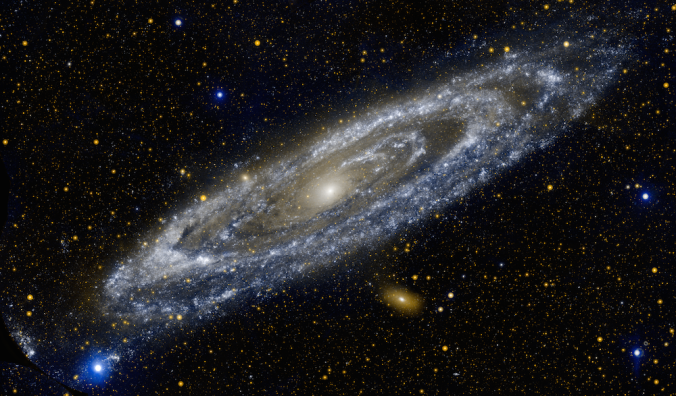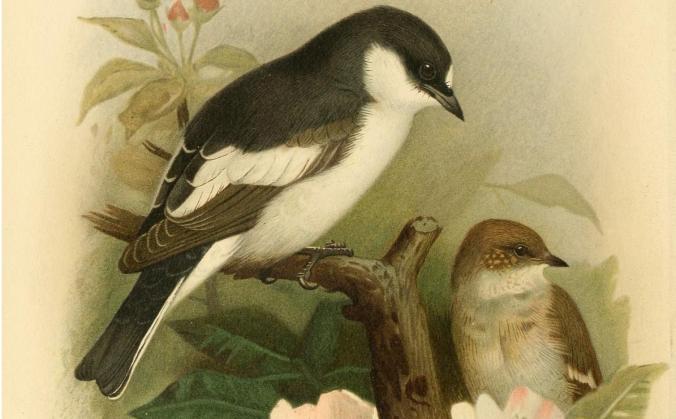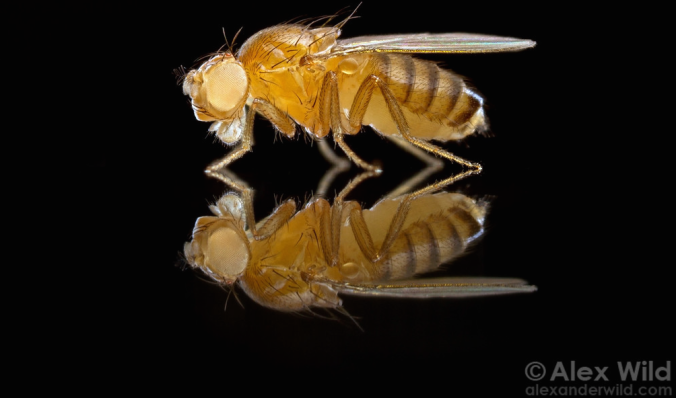
Fifteen months ago, Virginia Hughes, Brian Switek, Ed Yong, and I joined National Geographic to form Phenomena. I’m delighted that our circle is now expanding. Starting today, science writer Nadia Drake will be writing “No Place Like Home.” I’ve followed Nadia’s work for the past couple years, but I’ve never had the chance to talk to her. To celebrate her debut, I asked her some questions about her past and future. Continue reading “Please Welcome Nadia Drake, the Newest Member of Phenomena”

